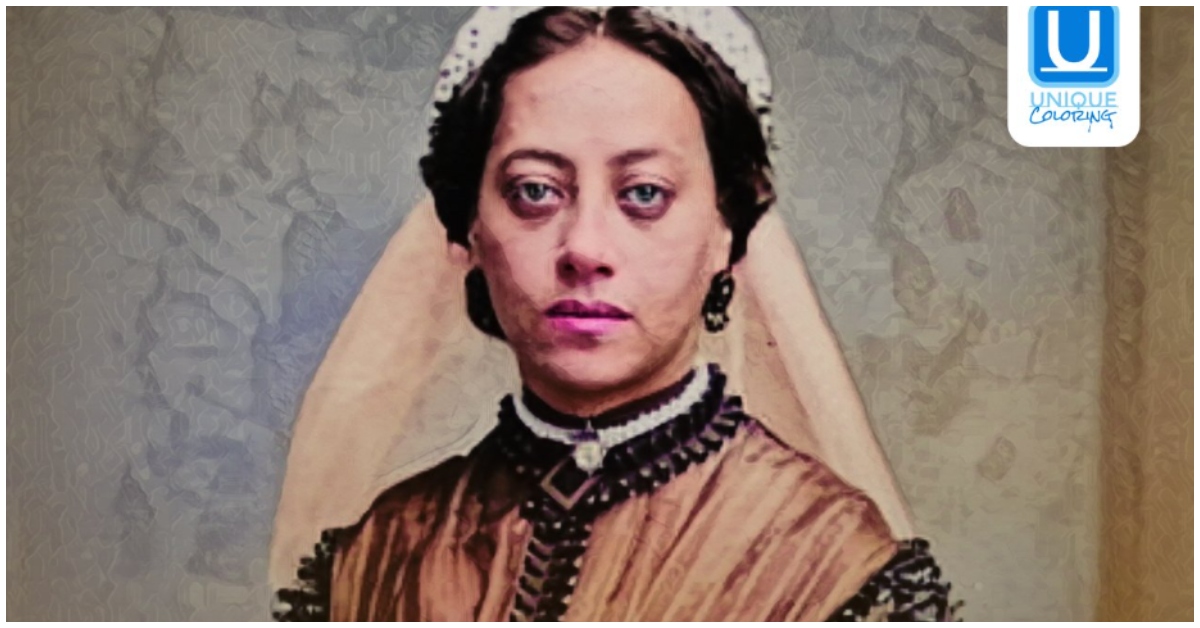Humble Beginnings
Born into slavery in 1814, Mary Ellen Pleasant was sent as a child to work for a white family in Massachusetts. There she secretly learned to read and write, while informally studying the wealthy businessmen she served. Despite her lack of formal education, Pleasant cultivated ambition and treated her domestic work as temporary.
Amassing Wealth Out West
Pleasant moved to San Francisco during the Gold Rush in 1852. Though initially working as a cook, she capitalized on her proximity to wealthy white men, eavesdropping on lucrative investment tips. Pleasant invested her earnings in real estate, mines, and an array of businesses like laundries and boarding houses.
By the 1860s, Pleasant had amassed staggering wealth. She built herself a lavish 30-room, $100,000 mansion in San Francisco’s elite Pacific Heights. Some estimate her fortune with business partner Thomas Bell reached over $30 million.
Funding the Fight Against Slavery
A passionate abolitionist, Pleasant used her wealth to continue secretly fighting slavery after arriving in San Francisco. She donated supplies, housing and jobs to slaves who escaped out West via the Underground Railroad.
Pleasant also openly challenged racial discrimination in court. Most famously, she admitted giving $30,000 to abolitionist John Brown to fund his infamous 1859 Harper’s Ferry slave revolt.
A Fortune Lost
Despite her business empire, Pleasant failed to legally protect her assets. After Bell died in 1892, his widow successfully sued Pleasant for control of their shared fortune. With finances entangled with Bell’s estate, Pleasant could not prove sole ownership of investments under her white partner’s name.
Penniless, Pleasant lost her mansion and died poor in 1904 – a tragic end for a towering self-made millionaire who had defied all odds. Yet her rags-to-riches-to-rags life remains a testament to her determined spirit.




